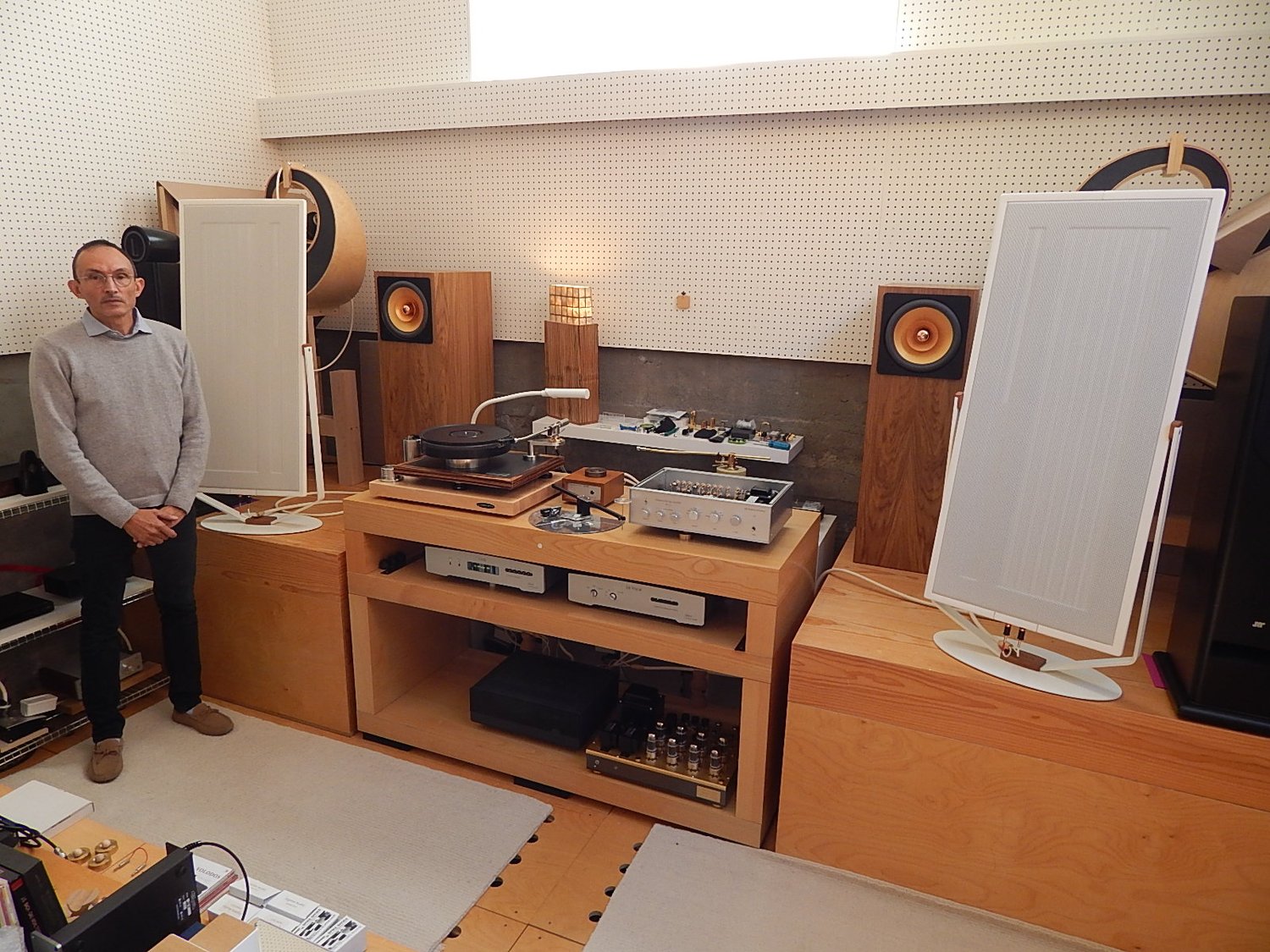
Prices listed in CA$.
Atelier Audio, which is French for audio workshop, is a cozy boutique ensconced inside the home of the store’s owner, Samuel Furon, a French national based in Montreal, Quebec, for reasons both familial—his wife is from Quebec—and professional. Samuel began his audio career in France, where his company Ocellia continues to build speakers and drivers. In Canada, he wears three audio hats, so to speak, as manufacturer of Ocellia-brand cables and electronics, importer of several audio brands sold across Canada, and as retailer of those same brands via Atelier Audio.
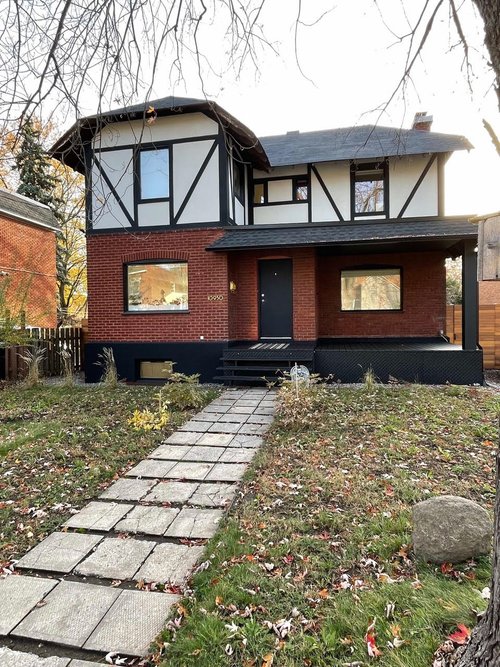
His is not the usual audio gear I come across in local audio stores—this gear exists more on the exotic end of the audiophile spectrum, which means that the companies he represents make neither budget-priced products nor many different models. Their wares are artisanal and few, and priced accordingly.
“There’s a level of quality I insist on,” Samuel said. “So coming out with a system for me at $10,000 or even $20,000 just wasn’t feasible. If someone is cash strapped, I’d rather suggest to that person that they buy a quality product on the used market than sell them a $1000 DAC that can’t play music.”
Samuel officially introduced himself to the North American audio public when he exhibited his Ocellia line of products at the 2010 Montreal Audio Show. In the following years, Samuel’s role in the audio industry gradually changed. He’s now, foremost, an importer who also happens to have a retail business.
I asked if there were significant differences in the Quebec and French markets. “There are a lot of similarities here,” he said. When I asked if he meant product-wise, he replied, “In how people conduct business—the stores, the distributors, the resellers. Audiophiles on both sides are generally the same. What was different for me here compared to France is I came to this market as a foreigner, so like all foreigners I felt I had to prove myself, to show through my work what I can bring to our profession.
“And bit by bit, people are putting their trust in me. They discover unique products. And they’re learning to know me. My passion for music and audio is what comes through.
“I’m in my fifties and I was lucky in this industry to have met professionals, audiophiles, and music lovers who knew how to listen to music and influenced me. These people gave me a clarity of vision that was reassuring, because it helped me choose my path.
“And that path started when my father gave me, like many fathers with their own kids, my first sound system. Later, I built my own loudspeakers because I didn’t have money to buy a pair. I worked in a hi-fi store, then studied electronics and mechanics. I got into this hobby from a more technical side, but I always loved music. My mother listened to music all the time, and she passed that love on to me.
“Professionally, I became a manufacturer, then a distributor and retailer. I’ve been living a 40-year passion, and in this period I’ve learned to find a happy medium. I prefer a system that performs less well sonically than musically. Focusing on bass and highs, it’s always the same thing. When we go to a concert, we don’t hear that much bass or highs. The important question is, can the system convey the intention of the artists, the rhythm, the emotion in the music?”
I ask if he prefers selling entire systems or, like most stores, is happy selling separates.
“I’m happy selling separates, but it’s important to me that the buyer ends up satisfied with having my component in their system. Often, we can have good components but that, for whatever reason, don’t work well together. Synergy is important.”
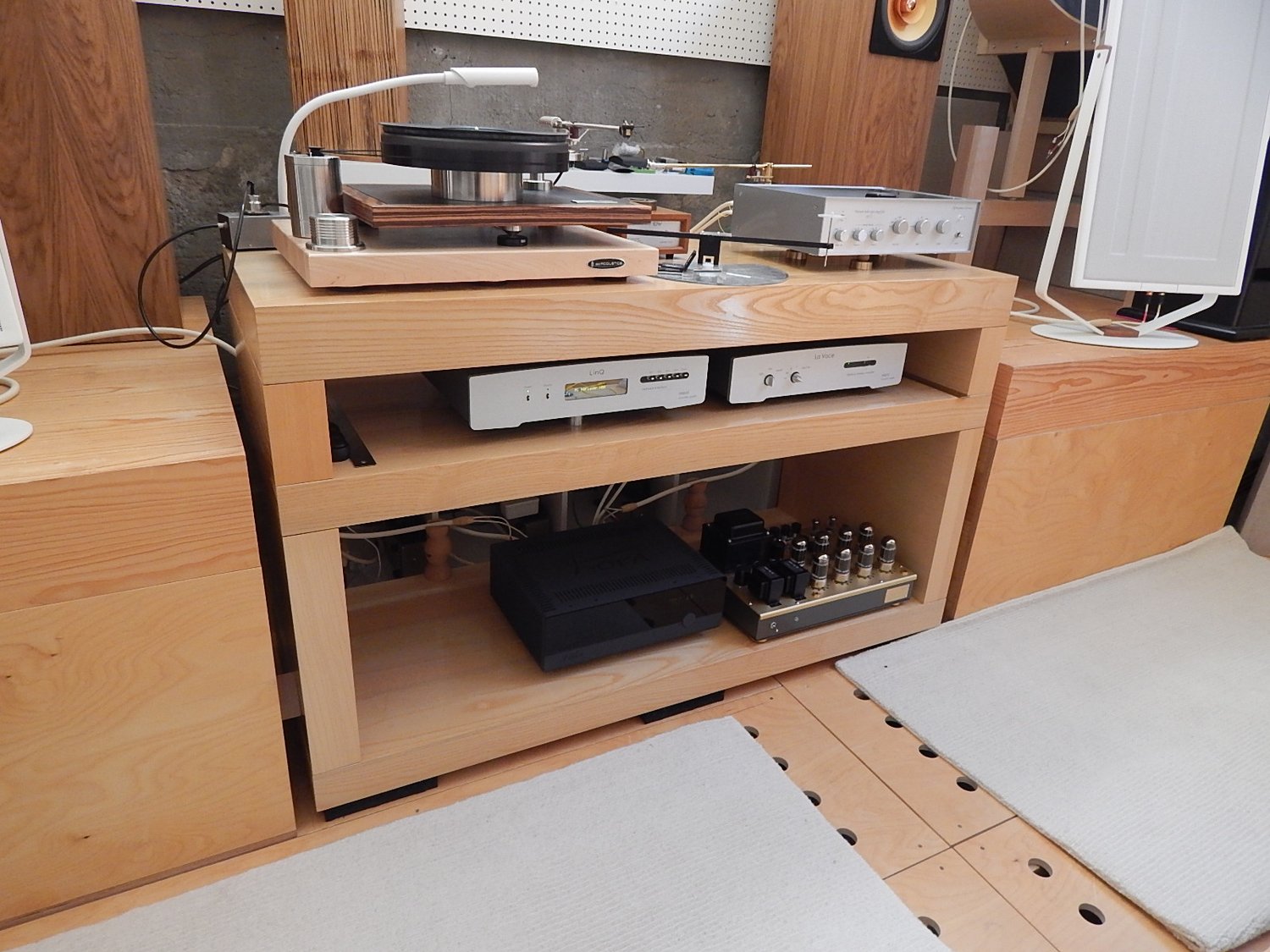
The importance of synergy was made evident by the system Samuel assembled in his lower-alcove listening room. Connected to three dedicated AC circuits, the system comprised a CD-ripping AEON 432Hz music server, an Aqua Acoustic La Voce DAC, a Silent Angel N8 Pro digital switch, a 70Wpc Kora TB140 hybrid integrated amp, a pair of 86 dB two-way Diptyque 107 speakers, a 6-outlet Puritan PS156 power conditioner, a SOtM Ethernet cable, and various Ocellia cables.
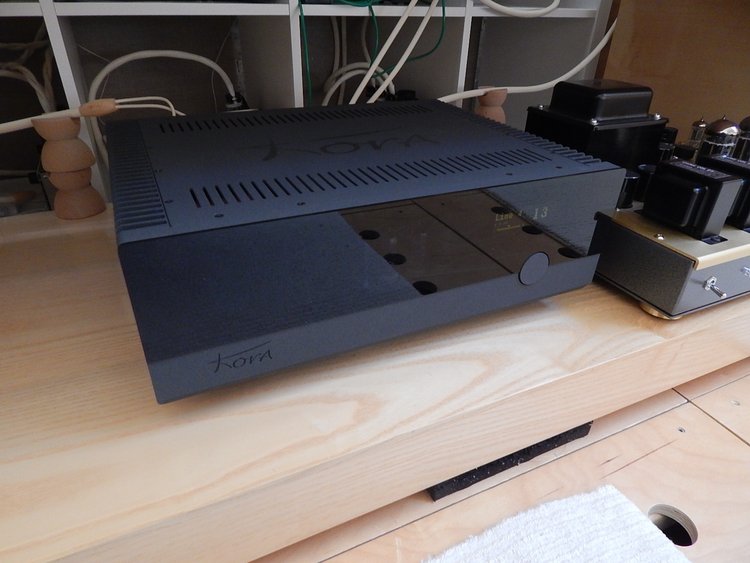
On a cross section of music that included Japanese instrumentals, folk music, Chinese drums, jazz with and without vocals, and pop music, the sound of Samuel’s system shared characteristics with a system I’d recently heard that left an indelible mark on me. That system was fronted by the mighty Dayton Wright Hommage electrostats, another model that, like the Triptyque, is dipolar and uses magnets and a Mylar film to project sound. As with the Dayton Wright system, what stood out most for me about the sound of Samuel’s system was the illumined quality of the vocals and how intensely focused the images appeared inside the soundstage. The effect was akin to being able to zero in effortlessly on the instruments and vocals inside the physically “visible” parameters of the sound room or venue. There was an almost heightened sense of reality—an intimate, close-up proximity between me and the musician—that sounded utterly natural and truthful. Going back to Samuel’s comment about bass and highs, I just didn’t think about “frequency extensions” while I was listening to the music—they didn’t occur to me, which is good, because it means they didn’t draw attention away from the music. And if you think this is my way of sweeping deficiencies in those areas under the rug, I’d like to point out that the Diptyque’s frequency range is specified at a very respectable 40Hz-19kHz. It’s just that this system was less about compartmentalized things like bass and treble, and more about being able to deliver a realistic impression of hearing music being made by real people in real time.
If all that sounds a bit too wishy washy for you, let me put it another way. The presentation was highly transparent, vivid, and, excuse the pun, magnetic, in that it drew me toward the music—mentally, but also physically. On a CD rip of Yoshiko Goto’s Blue City, Goto’s voice was luscious, glowing, and fleshly tender. It also had tangible presence, tactility, and holographic shape, as did the guitar and double bass. The music was refined—sonically and visually.
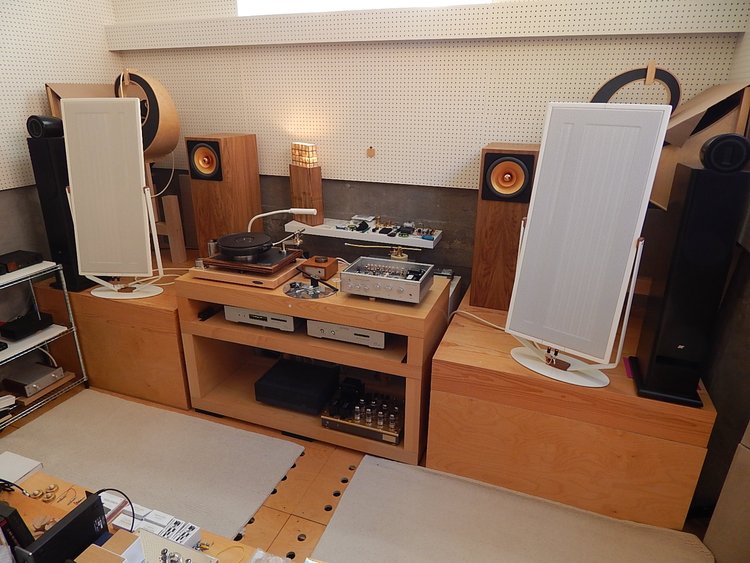
On another jazz track, piano notes had the ring of authenticity. Decays lingered forever. Echoes mingled. Cymbals were soft and textured. Sax sounded rich and corporeal—and that’s the thing. This system excelled in replicating fully-formed instruments in space against a physically delineated background.
On the Chinese drum track, drums were dynamic and struck with on-a-dime impact that was hefty. Chet Baker’s trumpet on a track from his Lyrical Trumpet Of Chet Baker release oozed tone, liquidity, and sensuous texture.
I could go on describing what I was hearing but suffice to say that this system delivered a presentation that sounded nakedly real and pure. Oh, and not digital.
At least not digital in any way I’ve understood that term to mean since the inception of CD. Yet here, the music sounded absolutely natural. As far as I can tell, for the most part, competent digital designers seem to have found a way to make digital sound analogue—flow- and continuousness-wise, anyway.
Speaking of which: When asked what he’d suggest to someone looking to add a vinyl rig to this system, Samuel proposed one of Pure Fidelity’s vinyl setups, perfect for use with Kora’s integrated phono section.
Synergy? Absolutely.

Component price list:
- AEON 432Hz music server ($9000)
- Aqua Acoustic La Voce DAC ($5890)
- Silent Angel N8 Pro digital switch ($1650)
- Kora TB140 integrated amp ($6900)
- Diptyque 107 speakers ($8900 / pair)
- Puritan PS156 power conditioner ($2600)
- SOtM Ethernet cable ($700)
- Ocellia cables (various) ($4500 total)
- Pure Fidelity vinyl setup (starts at around $6000)










Leave a Reply